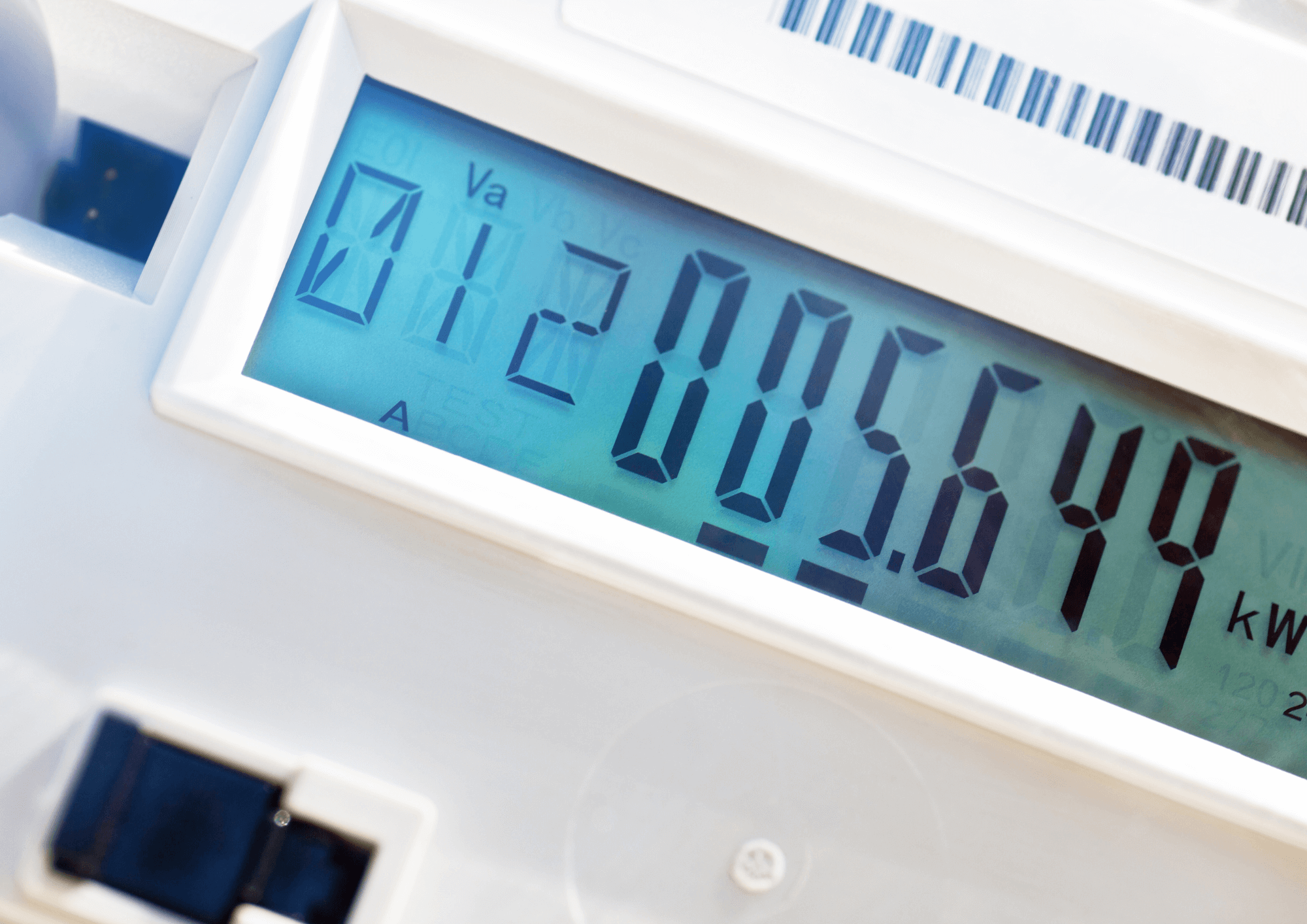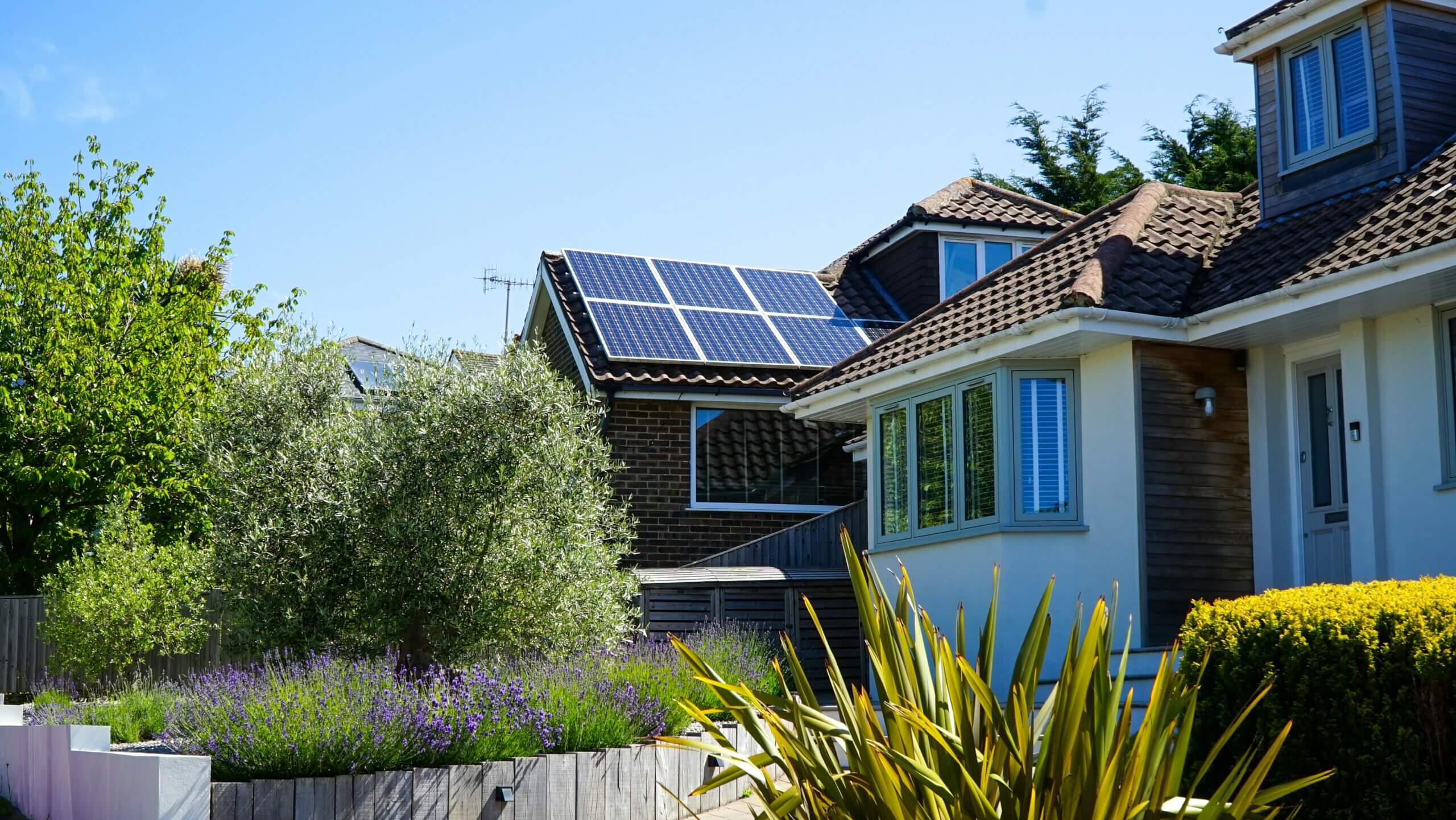REDUCE EMISSIONS, SUSTAINABLE TRAVEL
HOW TO SAVE $350 ON FUEL COSTS
With petrol prices as high as they have been, there has never been a better time to look at other ways to get around town and save on fuel costs. Sam Mullen from Brisbane Sustainability Agency spoke to Brisbane residents who are driving down their emissions and saving on bills.
Being born and bred in Brisbane, the competitive side of me loves to see Brisbane top charts alongside our other capital city counterparts… that is of course unless it’s for the highest petrol prices in the country. That’s right, in March, some fuel pumps in Brisbane climbed up to a record-breaking (and eye-watering) 242.9 cents per litre.
Luckily, thousands of households have been taking the Brisbane Carbon Challenge and learning how reducing petrol consumption can help lower carbon emissions and save on bills. I spoke to some of the Brisbane Carbon Challenge champion households to give you some top tips for sustainable transport.
Get moving with active travel
Replacing one or two car trips a week with active travel (such as walking, running or cycling) reduces your transport emissions, is great for your health and saves you on fuel costs. Talk about a win-win-win!
The Braatvedt family rent their townhouse in Nundah and took the Brisbane Carbon Challenge to lower their emissions and save on bills, with transport as a big focus.

“We hadn’t been [bicycle] riding much since our baby was born but since starting to ride to work it reignited that passion and now we ride almost every day for exercise as well as transport. Not only have we reduced our emissions [and] saved on petrol costs but we also enjoy the exercise and health benefits we get from it. We also encouraged my brother to start riding to and from work… and he also has started riding for exercise – he even quit smoking!!!”
Worried about sweating in your work clothes or having to bring a fully packed bag into the office everyday? Sheridan and Phill have got you covered,
“We pack a big bag one day a week (Monday) with all our outfits and a towel for the week, and then take home an outfit each day (when your bag is lighter – no lunch etc.) and then towel home on a Friday.”
After replacing their daily drive to work with cycling, the Braatvedts will be saving over $350 a year on fuel costs! And according to Sheridan, the upfront costs aren’t as expensive as you may think.
“You don’t need a fancy bike – you can find plenty of second-hand bikes on Facebook marketplace for not much money at all.”
– Sheridan Braatvedt
Electrify your active travel
While Brisbane is lucky to have hundreds of bike paths, there are some areas which can be quite challenging due to the city’s hilly terrain. To conquer those inclines and cover longer distances, try riding an e-bike or e-scooter.
Carly and Kent Jackson, who live with their two young children in Brisbane’s west, got an e-bike to help with their daily commutes and soon realised how much they loved it.
“Kent started riding his bike everywhere, work, gym, medical appointments – one car didn’t get driven for over a month!”

While the electric motor of e-bikes can give you that extra push, you still have to pedal the bike to get it going. So Carly recommends e-bikes because “if you’re too busy to fit in exercise in a workday, it’s an easy way to add an extra 5 plus hours of exercise into a week and eliminating sitting in a vehicle along with the associated petrol, parking and toll costs.”
Personally, I purchased an e-scooter in mid-2021 and have never looked back. I got mine on sale for $600 and I calculated that by replacing quick car rides to the shops and train rides to work, I made my money back within 3 months! It can last an hour and a half on one charge so I hardly have to worry about that. When it does need to charge, I simply fold it up and charge it under my desk at work. It’s more sustainable than driving a car, cheap, convenient, and fun.
Can’t avoid car travel? You can still save on fuel
Did you know you can make a difference to your fuel consumption simply by the way you travel? Adopting eco-driving techniques can help increase how fuel-efficient your driving is, which will lower emissions and can save households up to $400 per year, according to RACQ research.
Eco-driving techniques include gently breaking and accelerating, shifting through gears as quickly as possible, turning off your engine when parking, maintaining a steady cruise speed on highways and much more. If you want to learn more, try completing RACQ’s online eco-driving course.

David Sawers lives in Brisbane, works on the Gold Coast and has family on the Sunshine Coast. So as you can imagine, active travel isn’t always an option. “Transport for me has been a hard one as I am always reliant on travelling and the motivation to be more active during day to day tasks is overlooked.”
Thankfully, adopting eco-driving techniques has been a simple trick for David to lower his transport emissions and save on fuel. This was made even easier as his car has an ‘eco’ setting which does all the work for him!

If your car doesn’t have an eco-setting, check out the GOFAR in-car monitoring device which can help you with eco-driving. It’s also great at recording kilometres if you need to for work or your child’s learner log-book.
Want to learn other ways to save on bills and lower your carbon emissions?
We recommend taking the Brisbane Carbon Challenge. Use the online calculator to estimate your household emissions from home energy use, transport and waste. Then use the online resources to explore ways to lower your footprint and save on bills. Join thousands of households across Brisbane who have taken the Brisbane Carbon Challenge!
The author

Sam Mullen
Sam is a sustainability specialist at Brisbane Sustainability Agency and enjoys helping residents and community groups understand and reduce their climate impact while also promoting a circular economy.








